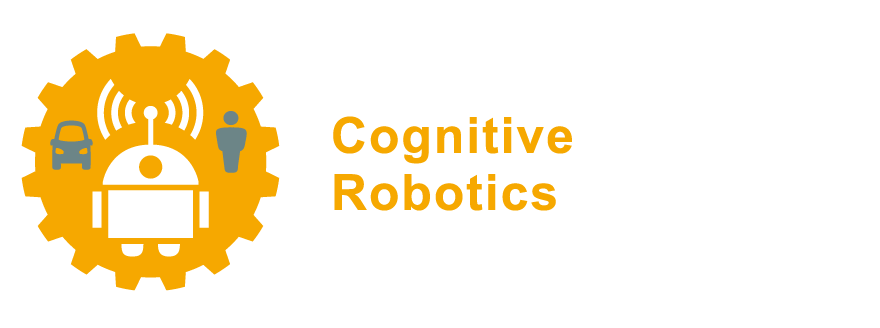2.3.1. Configuration#
GNOME Shell provides many options to change the system to your liking through the Settings application. Background and screen savers can all be changed, as well as the position of the Dock and the size of its icons among many other settings. Remember: Linux developers are a fussy lot, so almost anything you can conceive is possible, though not all through GNOME Shell — we will come back to this later.
Exercise 2.3
Customize the appearance of your desktop by choosing a different background picture.
2.3.1.1. Root privileges#
Up until now, you’ve been working under your own user name. Many people can be working on the system in such a way (even at the same time, if they connect over the network!), without obstructing each other.
But sometimes you will need to make changes to the system itself, and for this you need administrator rights.
In Unix , the administrator account is called root. In the past, this account had a separate password and you would log in with it like any other.
Because this was considered a security risk, now you only acquire root privileges for a brief period while making the change.
You have to type in your own password to get them.
Exercise 2.4
Try adding a new user account using the Settings application. Type users on the search button to find the correct panel.
Can you find the Add User button? What happens if you click the Unlock button at the top right?
For programs run from the command line, you can use the sudo command to temporarily gain administrator rights.
The name sudo is a concatenation of su (for superuser) and do.
Just as in the GUI, you have to enter your own password to get them, after which the program you requested will run as if it was started by the administrator.
Editing system configuration files, or performing system maintenance on the command line always requires using sudo.
